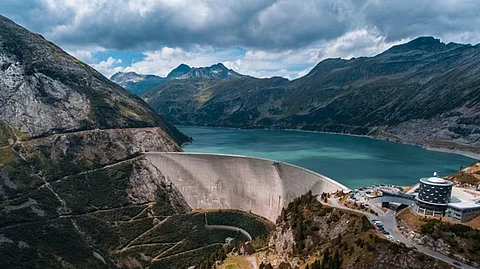

China has launched construction of a vast hydropower project on the Yarlung Tsangpo river in southeastern Tibet, near the border with Arunachal Pradesh. The official groundbreaking ceremony, attended by Premier Li Qiang, underlines the political and infrastructural significance of the venture. Approved by Beijing in December 2023, the development—located in the Nyingchi region—will comprise five major hydropower stations. With an estimated cost of 1.2 trillion yuan (approximately $167.1 billion), it is poised to surpass the scale of China’s iconic Three Gorges Dam, becoming the country's largest hydroelectric project once complete.
India has expressed repeated concerns over the dam’s potential downstream consequences, especially for the northeastern states and neighboring Bangladesh. Sudden water discharges or artificial scarcity could threaten the livelihoods of millions. Arunachal Pradesh Chief Minister Pema Khandu went further, calling the project an “existential threat” for indigenous tribal populations. He warned that China could weaponize the dam by releasing large volumes of water without warning, effectively turning it into a "water bomb" capable of flooding the Siang belt. India also highlights the absence of any binding water-sharing treaty with China, which it argues leaves downstream nations exposed and vulnerable to unilateral upstream actions.
In response, Beijing has downplayed the concerns, asserting the dam will not adversely impact downstream regions. Chinese authorities maintain that its main objective is to transmit electricity to other parts of the country while meeting local energy needs in Tibet. Nonetheless, India has taken diplomatic and strategic steps to counter the move. The Ministry of External Affairs reiterated that it is closely monitoring the project and will take necessary measures to safeguard national interests. As part of its long-term response, the Arunachal Pradesh government, in consultation with the Centre, is advancing the Siang Upper Multipurpose Project—an initiative designed to reinforce water security and regional resilience. Despite China’s assurances, the proximity of the dam to the disputed border continues to fuel unease, renewing fears over transboundary river control and the broader geopolitical balance in the region.